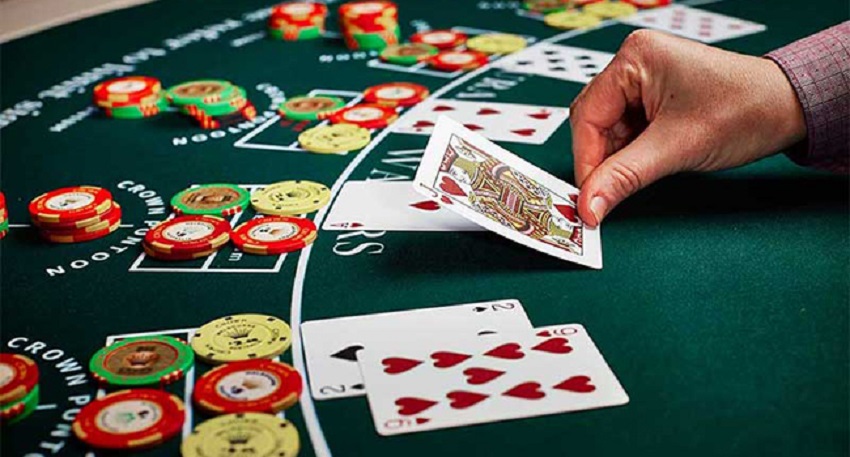"Gender identification entraps and limitations us."
Mary Wollstonecraft Shelley’s, Frankenstein, or, The present day Prometheus.
Shelley’s Frankenstein a variety of the gothic and romanticism genre presents gender-related entrapments of the era, from the socially excepted at that time and also the representation of the inflexible world in which criticised choice relating to gender and social status. Although the part of the female characters maintains a constant, in the position of nurturer and a location of ensuring care for the patriarchal partner and children. Shelley does not provide a strong female protagonist in Frankenstein the reference designed to the women in this novel presents an insight to Frankenstein himself as an obsessive person with a masculinity which varies to the other male characters. Vlasopolos, implies ‘Men in Frankenstein require significantly less rescuing from obscurity; nonetheless they too are scrutinised regarding to class requirements of deportment, attitudes towards money, and vocabulary before they are accepted guidelines on how to write a scientific research paper as companions of aristocrats.’ (Vlasopolos:127). In this essay, Frankenstein’s rejection of masculinity, his have a problem with social requirements and his creature as an extension of his manhood will get explored testmyprep.com.
The reader is introduced to Frankenstein’s childhood and family members structure. He is a talented gentleman who departs for further education soon after the death of his mom, from scarlet fever which she contracted from Frankenstein’s arranged betrothed, Elizabeth. Frankenstein’s mother described as much younger than his daddy and adored by Frankenstein. The reader is witness to the mother’s previous moments. This moment is reiterated later on in the novel relating to Elizabeth herself. As Frankenstein’s creature is complete, in fear filled dreams of Elizabeth, she passed away in his arms and resumed the sort of his mother, the earliest take pleasure in, before waking to the creature, which is definitely desiring the focus of his creator. The reader, witnessing the desire finds confirmation of Frankenstein’s Oedipus complex. Once again, Elizabeth’s death on the wedding night as a result of the monster, Frankenstein himself finds comfort in having the lifeless body of his bride.
Veeder goes as far to advise that ‘Although Frankenstein’s desire to become Fitz-victor is obtained partially by giving birth to himself as a monster, he is always a son so long as he: has a daddy. Alphonse must die.'(Veeder:380) By removing the father, Frankenstein could, therefore, end up being the role of dad, through self-creation by, the underlying desire of creator and daddy as achievable. The function of the monster, so, becomes an expansion of the creator to accomplish his desire. The ugliness of the creation and the fear from the creator may symbolize all that Frankenstein was hiding from himself. As both creator and the produced acquired a desire to belong because they are; not by a role which society had thrust after them. The monster made an appearance for the most part when the creator was in distress suggesting that; Frankenstein himself may be the monster. As the creation desired belonging, love also to be accepted not as the monster at a physical level replaced by the rage to which drove the monster to eliminate the family members of his creator, in the trust that the bond between the creator and the made would blossom as there will be no other.
Firstly the loss of life of William the youngest brother, the like of the daddy. The death as a result of the monster is the first step to destroying Alphonse. Justine’s death may represent having less options the monster denied the love of a female and Victor struggling to opt for the life companion. The death of Justine, the rage of the monster realisation of certainly not belonging and Victor’s self-internal guilt on her behalf death extends the grief of William. Followed by the death of Clerval, Frankenstein’s closest friend, ‘ a magnanimous person who offers generously of himself to others,’ (Badalamenti:430) described as the perfect male sort of magnificence. The obsession of Frankenstein and the monster of the beautiful made Clerval a goal as a result of ideal of masculinity both creator and the produced both desired. Clerval’s loss of life represents the increased loss of the super-ego and self-consciousness within Frankenstein. Elizabeth’s death on the marriage night. The monster wanted to contain his creator to himself and taken away Elizabeth as Frankenstein do to the monster after requesting he help to make a companion, but also making Frankenstein’s desire possible. The ultimate death is the one of Alphonse the hierarchical superior, the grief of loss onto the family group brought death to the figure. The increased loss of which Frankenstein knows the actions of his monster resulted in the passing of the father became the turning stage in the plot. Instead of a bedridden madness which plagued Frankenstein sometimes of distress, he becomes the father he desired. To hunt down his creation and destroy the part of him now all that enforced the male purpose had no effect. To which Frankenstein before his death discovers a companion in Walton who views him as he wishes to be viewed, as a result the monster himself resides to death as his desire to relationship with his creator was denied. Leading to the passing of the creator and the made, without achieving the interpersonal acceptance they desired.
Shelley offers a quest of Frankenstein’s social anticipations and avoidance to become the masculine norm of his course. Frankenstein feared the expected purpose which waited for him. Hence, the history and family structure are essential to understanding Frankenstein. The monster gets rid of the woes of Frankenstein’s life; which means creature could symbolize an extension of self, an unconscious primitive dynamics expressing unrestricted impulsiveness. Walton’s letter to his sister of Frankenstein’s warnings; Shelley suggests sex and class norms connected with gender should be adopted to prosper in lifestyle. Frankenstein’s documented words;
‘Learn from me, if certainly not by my precepts, at least by my example, how dangerous is the acquirement of know-how and how much happier that man is usually who believes his native city to be the globe, than he who aspires to be higher than his nature allows.’ (Shelley:43)
Hence, Frankenstein concludes his self-manufactured ambiguity against his predicted gender position, became the destroyer of most that he assumed he didn’t desire but ultimately necessary for survival.
Bibliography:
Badalamenti, Anthony F. ‘Why Does Mary Shelley Write Frankenstein?’ Journal of Faith and Health, vol. 45, no. 3, (2006) 419-439.
Shelley, Mary Wollstonecraft. Frankenstein, or, The modern Prometheus. Camberwell, Vic: Penguin, 2006. Print. [Originally posted London: Lackington, Hughes, Harding, Mavor & Jones, c1818.]
Veeder, William. ‘The Adverse Oedipus: Father, "Frankenstein", and the Shelleys.’ 12, no. 2, (1986) 365-90.
Vlasopolos, Anca. ‘Frankenstein’s Hidden Skeleton: The Psycho-Politics of Oppression (Le Squelette Caché De Frankenstein: La Psycho-politique De Poppression).’ Science Fiction Studies 10, no. 2. Web. 1983
< http://www.jstor.org/stable/4239544.>
Additional References:
Bissonette, Melissa Bloom. ‘Teaching the Monster: Important Thinking.’ College Literature, vol. 37, no. 3, The John Hopkins
University Press (2010) 106-120.
London, Bette. ‘Mary Shelley, Frankenstein, and the Spectacle of Masculinity.’ PMLA, vol. 108, no.2, Current Language
Association (1993) 253-267 < http://www.jstor.org/stable/462596.>

 সংবাদ সারাদিন ডেস্ক :
সংবাদ সারাদিন ডেস্ক : 






















